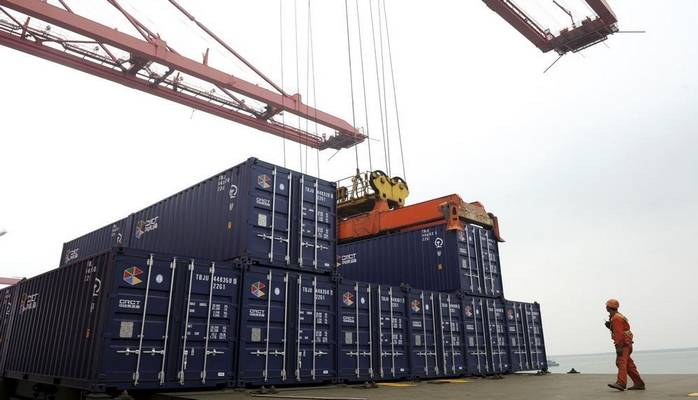
Blockchain can reduce supply chain risks
In the world of modern businesses, supply chains are becoming increasingly complex and such complexity increases as supply chains cross multiple countries and involve multiple interfaces with third parties. To address this, many are turning to blockchain.
Supply chain is all about distribution and most organizations will seek to adopt good distribution practices. For large organization, distribution is something that occurs both upstream and downstream. According to Supply Chain Management Review, upstream are the suppliers who create goods and services used in a company’s own operations, such as raw components or materials. The downstream supply chain efficiently distributes a company’s products or services to its customers. Each stage, both upstream and downstream, needs to be proactively managed to minimize quality, financial, confidentiality, operational, reputational and legal risks.
The challenge faced in the modern, interconnected world is the growing complexity of supply chains. This complexity presents risks, and these include goods falling outside of required storage parameters and the risk of contamination or counterfeiting. It is incumbent upon the manufacturer to perform a risk assessment, which can involve:
Understanding which products are transported and to where.
Breaking the transportation chain into steps.
Assessing each step from sender to recipient. Consider what will happen should delays arise at any stage of the transport route.
Assessing for how long the cargo remains at each step.
Assessing effectiveness of anti-counterfeiting measures and how these can be assessed? Such as by using anti-tamper proof locks or seals.
Considering environmental conditions at each step (this may need to extend to seasonality).
Understanding the impact of temperature and humidity.
Understanding the suitability of the container.
Understanding the impact of shock and vibration on the goods and the packaging. For example, how robust is the packaging? Have drop and rotation tests been performed?
Many companies are now seeking to address these risks with blockchain technology. Blockchain is a form of distributed ledger technology, with the digital distributed ledger functioning as a database - held, controlled, and updated by each of the users that have access to it.
In terms of addressing supply chain risks, blockchain enables the transmission of data and information to all users of the supply chain network on a real-time basis. This means that when goods move from point A to point B, all of those in the supply chain are made aware at the same time. Should a change occur, such as a switch to a different distributor every actor is made aware and the system can be configured so that each party would need to agree such a change.
A second benefit is with the secure transmission of correct information between the users of the supply chain network. The cryptographic nature of this builds in security into the information exchange. A third example is with a bridge to the Internet of Things and devices like radio-frequency identification( RFID) transmitters. This is a technology whereby digital data encoded in RFID tags or smart labels are securely and digitally captured by a reader via radio waves. Blockchain can be especially handy in linking physical goods to serial numbers, bar codes, digital tags like RFID.
Based on these benefits, some distributors are searching for ways to leverage blockchain innovations to increase profits and strengthen relationships across the supply chain.
Source: Digitaljournal.com
Swearing, insulting, offensive and capitalized comments will not be approved.
Cancel reply



Load more